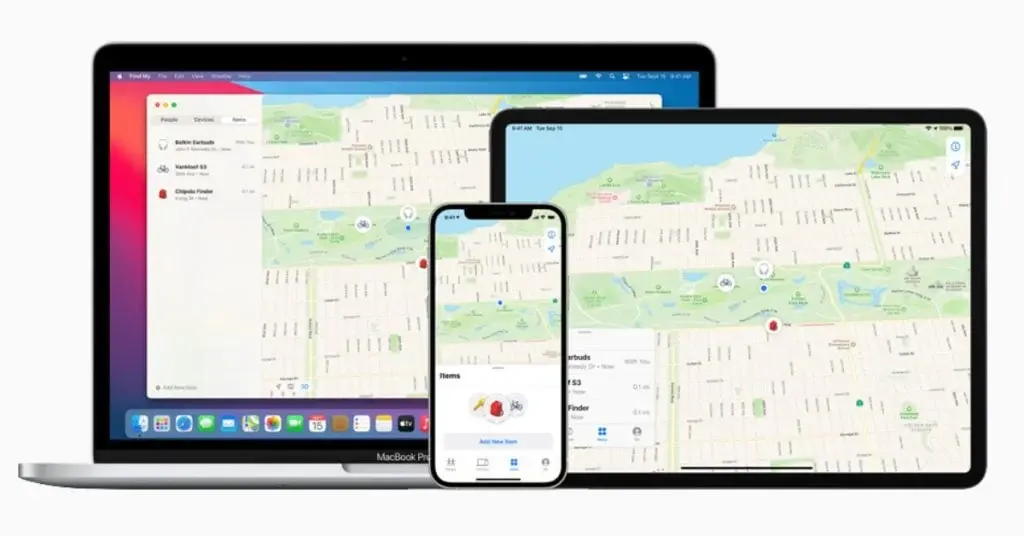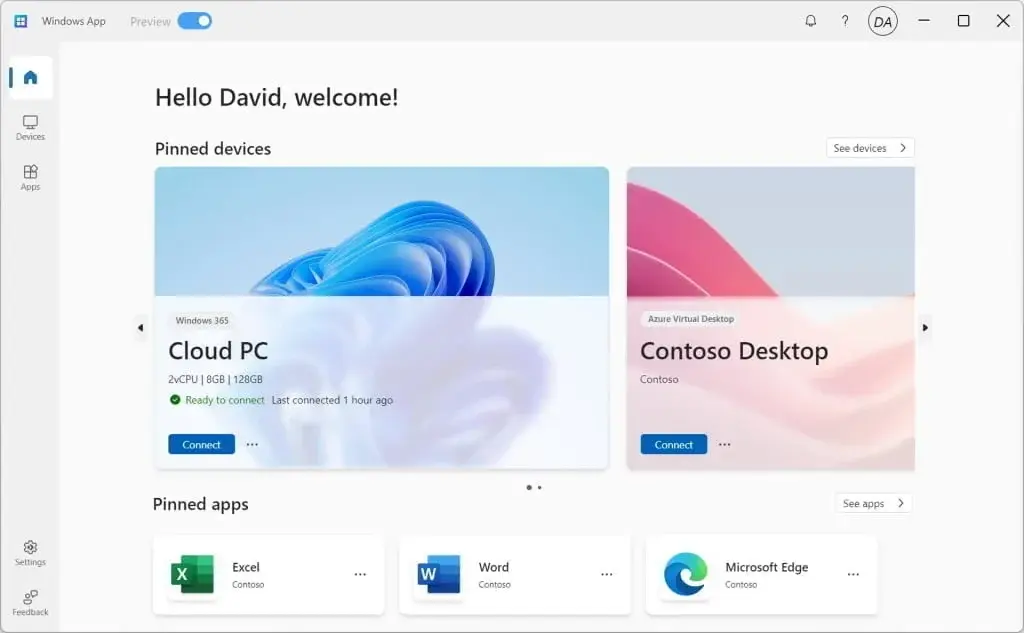Apple Increases Find My Tracking Limit to 32 Devices
Apple has quietly made an update to its Find My app, allowing users to track up to 32 devices, doubling the previous limit of 16. This change was discovered by Nicolas Alveraz, who spotted the update in an Apple support document. The updated limit applies to a wider range of devices, including AirTags, Apple headphones (including some Beats models), newer MagSafe wallets, and even third-party Find My network accessories like e-bikes.
A Note on AirPods Models
It’s important to note that certain AirPods models are counted as multiple items in Find My. Regular AirPods and first-generation AirPods Pro count as two items, while second-generation AirPods Pro count as three, due to the ability to track the charging case individually.
Addressing User Concerns
The increase in the tracking limit is likely a response to concerns from users who quickly reached the previous 16-item limit, especially with the introduction of AirTags and the expansion of the Find My network to third-party devices. This update provides users with more flexibility and peace of mind, knowing that more of their important items can be easily located if misplaced.
Adding New Devices to Find My
Adding new devices to Find My is a straightforward process. For example, to add an AirTag, users simply need to bring it close to their iPhone, tap the pop-up that appears, choose a name, and then register it with their Apple ID.
A Welcome Change
Although Apple has not formally announced the expanded Find My limit, it is currently reflected in the company’s support documents. This change is undoubtedly welcomed by users who heavily rely on the Find My network to keep track of their belongings. With the ability to track up to 32 devices, users can now have even greater flexibility and peace of mind when it comes to locating their important items.



